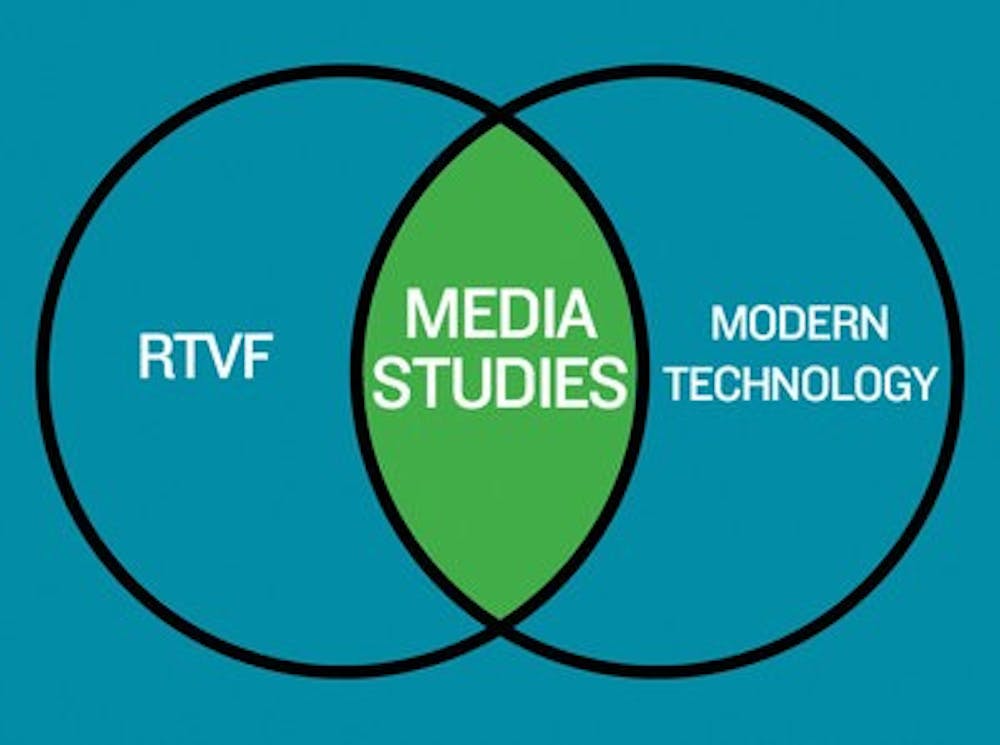Auburn University's radio, television and film (RTVF) program recently changed its title to media studies.
The name change reflects a dramatic and quickly shifting media landscape, according to George Plasketes, professor and associate director of the media studies program.
Last year, the department of communication and journalism became the School of Communication and Journalism in order to modernize the four programs under it: journalism, communication, public relations and RTVF.
The program's name change led to the creation of media studies, according to Susan Brinson, professor in media studies.
In the past 20 years, the media industry has changed dramatically with the development of Web 2.0 - a more interactive Internet than what was originally developed.
Convergence, the shifting of all media to the Internet has also occurred, as well as the decline in the radio industry.
"For us to continue calling the major radio, television and film really wasn't an accurate representation of the industry as it currently stands," Brinson said.
Media studies will reflect a shifting emphasis towards mass media, which is any medium used to communicate to mass audiences, and digital media, according to Brinson.
Plasketes agreed, and said media studies "is more comprehensive and contemporary."
According to Plasketes and Brinson, the program's change was a team effort by the media studies faculty and was encouraged by Jennifer Adams, director of the School of Communication and Journalism.
"Everybody felt it was a positive and good step to make," Plasketes said.
The faculty researched the program names of the top media schools in the country, especially the top schools in the Southeastern Conference.
While no school had a degree titled media studies, they all had similar titles, which encouraged Auburn's faculty they were on the right track, according to Brinson.
Although the program's name has changed, the faculty and curriculum are relatively unchanged, and the new degree name will only affect the incoming freshmen of 2014.
When Plasketes mentioned RTVF was changing its name, during a class this spring, students seemed uncomfortable.
"I respected that discomfort, but I tried to convince them that it's basically the same thing," Plasketes said.
James Coker, senior in media studies, says the program's new name is a welcomed change.
Coker believes other students, pursuing similar majors in the South Eastern Conference, are more successful because of their all-encompassing degree titles.
"More opportunities are offered to them as a senior and after college just by the name they studied under," Coker said.
Plasketes hopes future employers will look at courses taken and skills learned instead of focusing on the name of a graduate's degree.
One change, which will be implemented in the fall, is a new visual media track inside the media studies degree.
Professors Hollie Lavenstein and Kevin Smith have spent the last two years developing new courses and course sequences for the visual media program, according to Plasketes.
The new track will include more filmmaking, sequence design and a concentration on new media.
Media studies courses will be identified as MDIA, but the faculty is satisfied, according to Plasketes.
Do you like this story? The Plainsman doesn't accept money from tuition or student fees, and we don't charge a subscription fee. But you can donate to support The Plainsman.





